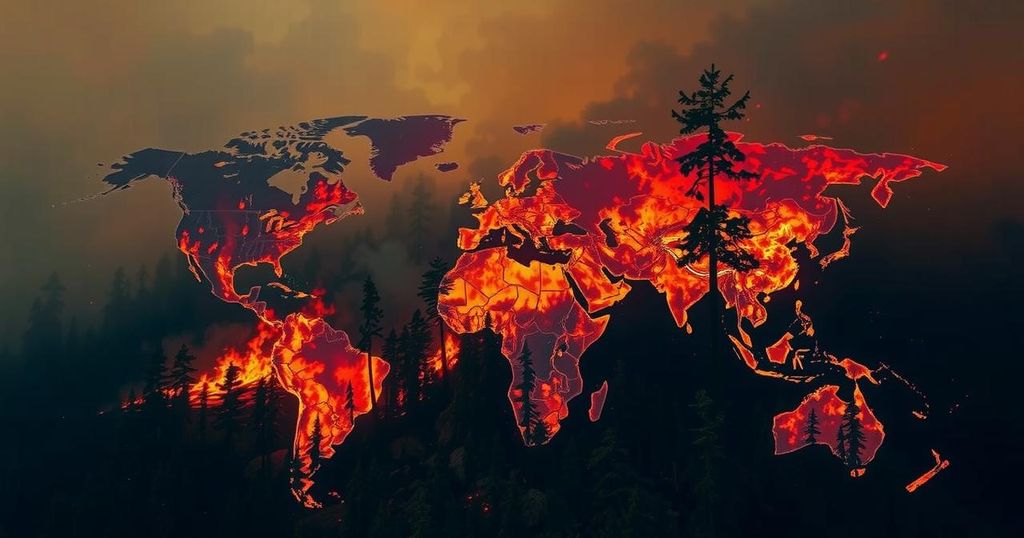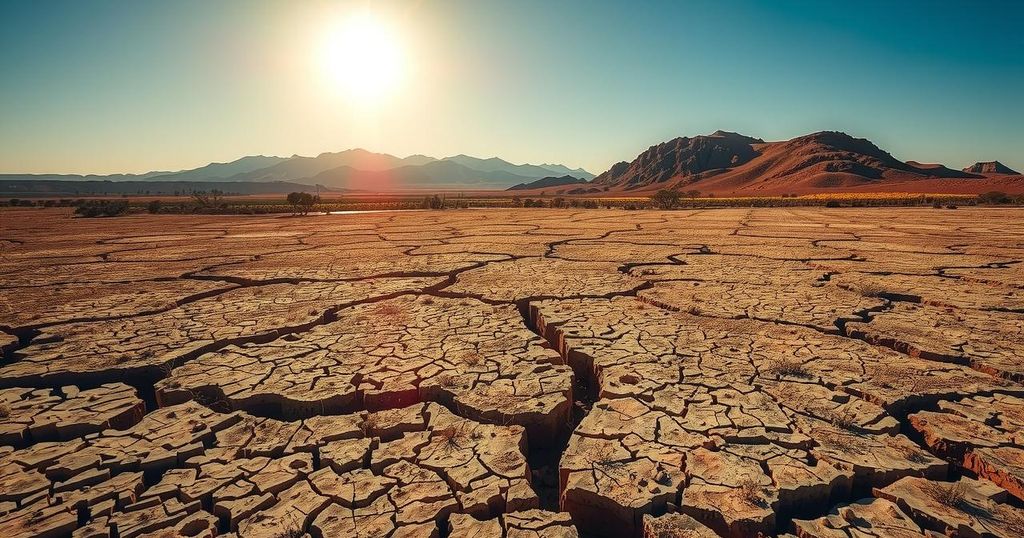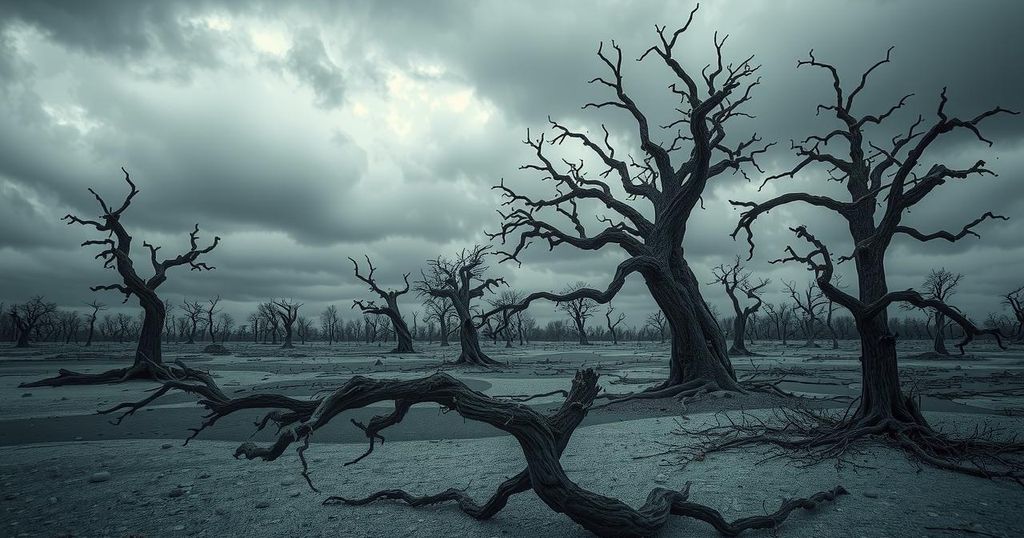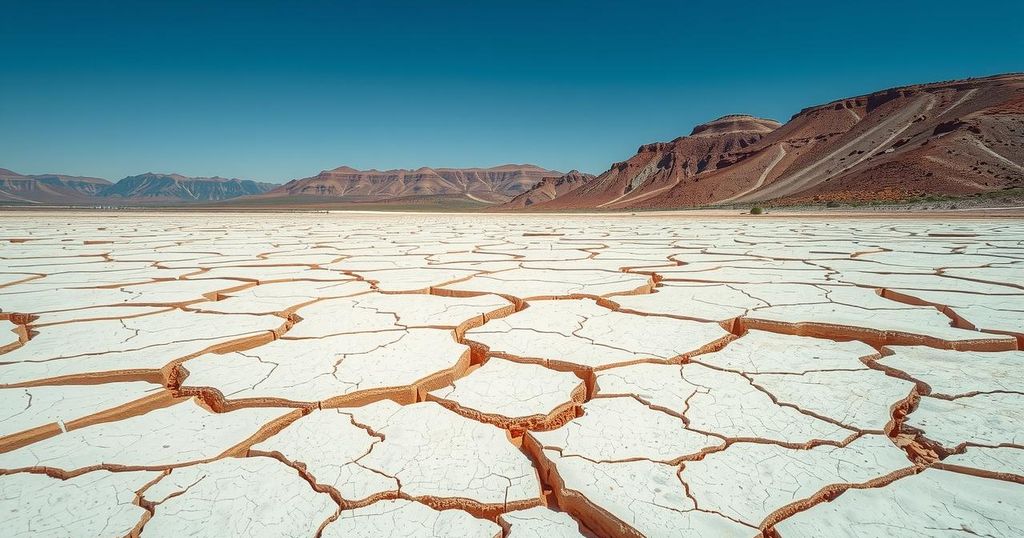Climate Change Drives Global Rise in Wildfires and Smoke-Related Deaths
Recent research links climate change directly to the rising frequency and intensity of global wildfires, with smoke-related deaths dramatically increasing from fewer than 669 per year in the 1960s to approximately 12,566 in the 2010s. While some regions, such as Africa, have seen declines in wildfires due to human activity, forested areas like California and Siberia are experiencing a surge. Researchers emphasize the need for immediate action on greenhouse gas emissions and effective fire management strategies to combat these trends and mitigate impacts on health and ecosystems.
Recent research has forcibly connected climate change to the global rise in the frequency and severity of wildfires, as well as to a significant increase in incidents of smoke-related deaths over the last few decades. Two comprehensive studies conducted by teams from Dalhousie University, alongside researchers from Belgium, the United Kingdom, and Japan, examined wildfires’ effects on public health and their increasing prevalence, concluding that the annual death toll linked to wildfire smoke rose dramatically from fewer than 669 deaths in the 1960s to approximately 12,566 deaths per year by the 2010s. A study published in Nature Climate Change explored contrasting wildfire models that accounted for climate change and those that did not, revealing a noticeable rise in both the number and intensity of wildfires across various regions, particularly within ecologically vulnerable areas such as African savannas, Australia, and Siberia. Nevertheless, regional variations were apparent; for instance, Africa, which bears up to 70 percent of the global scorched land, experienced a marked reduction in wildfires due notably to increased human activities and land fragmentation that hinder the natural progression of fires. Conversely, fire activity surged in forested regions like California and Siberia, attributed to prolonged droughts and rising temperatures stemming from climate change. Dr. Sian Kou-Giesbrecht, an associate professor at Dalhousie University, emphasized the importance of this research, indicating that “the study is important because it shows and quantifies the influence of climate change on increasing wildfires worldwide.” The researchers employed models that factored in elements such as climate variability, vegetation diversity, and population density. They noted that while human interventions like fire suppression and landscape management can mitigate fire spread, such measures frequently fall short of counterbalancing climate change’s robust impacts during extreme weather years. Seppe Lampe, a climate scientist from Vrije Universiteit Brussel, remarked, “What is striking is that in periods with low to moderate numbers of fires, direct human interventions have a large effect. However, in periods with many fires, the effect of climate change dominates, meaning that in these cases we lose control.” The simulations indicated that climate change is responsible for approximately a 16 percent increase in the global area burned from 2003 to 2019 and raised the likelihood of experiencing above-average global burn areas by 22 percent during that time frame. The cumulative effects of climate change detailed in the studies highlight the urgent need for immediate and persistent reductions in greenhouse gas emissions, coupled with effective landscape and fire management strategies to stabilize wildfire impacts on communities and ecosystems. In a distinct yet related paper, researchers unveiled findings that suggest climate change has contributed to a tenfold increase in the share of wildfire smoke-related fatalities over the past fifty years—insights that had previously been underrepresented in research. Joint efforts involving scientists from the National Institute for Environmental Studies in Japan employed fire-vegetation models alongside chemical transport models and health risk assessment frameworks to account for the global mortality attributed to fine particulate matter emissions from wildfires between 1960 and 2019. The results indicate that up to 28 percent of wildfire-related deaths in the 2010s can be linked to climate change, a stark contrast to merely 1 to 3 percent in the 1960s, revealing alarming mortality trends across South America, Australia, Europe, and Asia’s boreal forests. Dr. Kou-Giesbrecht illustrated the complexities involved in attributing wildfire increases to climate change but affirmed that the collective research efforts have provided a robust attribution of wildfires’ escalation to climate change. The prognosis remains dire; if current trends continue, both the expanse of burned land and the associated health repercussions are anticipated to increase significantly in the ensuing decades.
The correlation between climate change and increased wildfire occurrences is a critical issue confronting global ecosystems and public health. Over the past several decades, rising temperatures and prolonged drought conditions have led to a dramatic increase in wildfire events, particularly in sensitive ecological zones. As wildfires become more frequent and intense, the impact on human health, particularly related to smoke inhalation, has become a pressing concern. This phenomenon calls for a closer examination of the factors contributing to wildfires and the subsequent implications for populations around the world.
The studies discussed provide compelling evidence linking climate change to a significant rise in wildfire occurrences and an alarming increase in smoke-related deaths. Regional differences in wildfire patterns were identified, with some areas experiencing increases in fires, while others saw reductions due to human intervention. Nevertheless, the overarching influence of climate change overshadowed these efforts, emphasizing the urgent necessity for drastic greenhouse gas emission reductions and comprehensive management strategies to mitigate the adverse impacts on ecosystems and human health. If current trends persist, the consequences of increased wildfire activity will likely be dire in terms of both environmental sustainability and public health.
Original Source: www.dal.ca




Post Comment